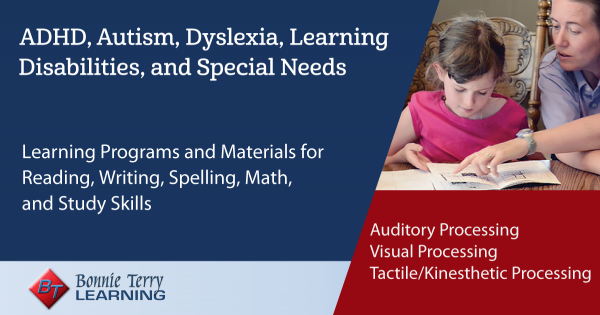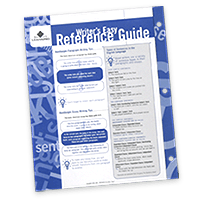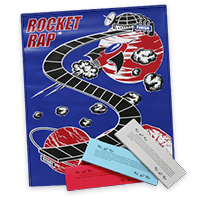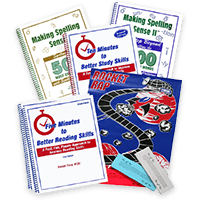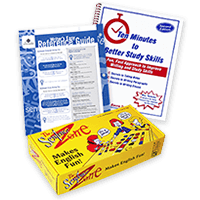Phonemic Awareness for Auditory Learners and Visual Learners
September 9th, 2015As you know, we learn through seeing, hearing, and doing. Learning to read incorporates each of those areas.
Today I’m talking about combining the auditory and visual components of reading in what is called phonemic awareness.
Phonemic Awareness:
Phoneme blending: Children listen to a sequence of separately spoken phonemes and then combine the phonemes to form a word. /d/ /o/ /g/ is dog. (This is the process used in decoding words.)
Phoneme segmentation: Children break a spoken word into its separate phonemes. There are four sounds in truck: /t/ /r/ /u/ /k/. (This is the process used in spelling words phonetically: “invented spelling.”)
Phoneme/Grapheme Correspondence: This is the sound/symbol relationship which also deals with visual memory. You teach which sounds are represented by which letter(s), and how to blend those letters into single-syllable words and then multi-syllable words.
Two additional important points about Phonemic Awareness are:
Phonemic awareness instruction can help preschoolers, kindergartners, first graders, and older, less able readers.
The most important forms of phonemic awareness to teach are blending and segmentation, because they are the processes that are centrally involved in reading and spelling words.
Awaken the Scholar Within Programs for dyslexia, CAPD, and ADHD
Get step-by-step assistance for auditory learners, visual learners, those with dyslexia, ADHD, or other learning disabilities or challenges.
Phonics: The Eight Spelling Patterns that compose English words are taught.
If students know the patterns they are looking at, they’ll know what sound the vowel will make. Conversely, when they hear a vowel sound, they’ll know how the syllable must be spelled to make that sound.
Special letters and silent are taught. For example, hard /C/ sound in cat vs the soft /C/ sound in city; kn where the /K/ is silent in the word know; the sound /SHUN/ can be spelled either TION, SION, or CION. The sound of /J/ at the end of a word can be spelled GE or DGE. Dyslexic students need to be taught these special letters.
Root words, prefixes, and suffixes, as well as language of origin are then taught to expand a student’s vocabulary and ability to comprehend (and spell) unfamiliar words.
